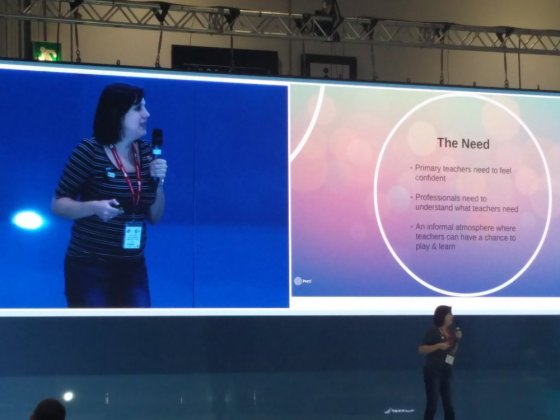Apologies for the lack of blog posts this week. There are reasons, most of which are too boring to get into! Anyway…

The PaPiRus e-paper HAT for the Raspberry Pi was a pretty successful Kickstarter, raising over £36k. The screen comes in three sizes and you can now get the product from the Pi Supply website from £30 up to £65. Well, shipping of the Kickstarter pledges has now happened and, therefore, people are starting to get hold of them.
Both Pete Scargill and the writer for Makerspace have written about their experiences with the board. To summarise: the quality of the board is good but the documentation is lacking and the software needs a lot of work. Currently, people are having to follow these instructions from Frederick Vandenbosch to have any joy with it. Judging by the comments on the Kickstarter, everyone is having the same problem so hopefully mentioning Frederick’s work here will point people in the right direction.
Without being hyper-critical (with all the negative comments on the Kickstarter, it doesn’t need me to add to it) let me just say this: There’s no point in having a beautiful product if the software is no good.






